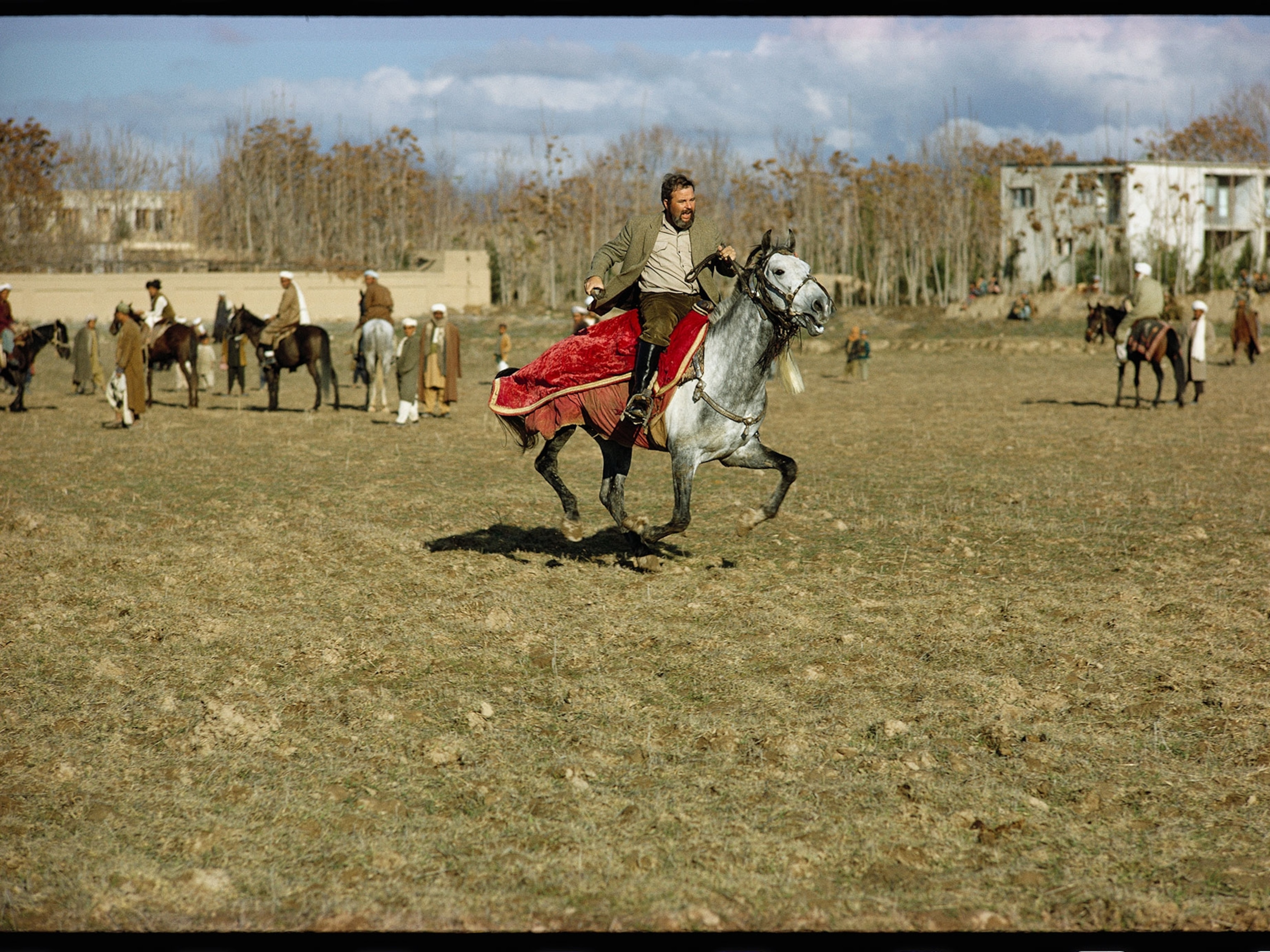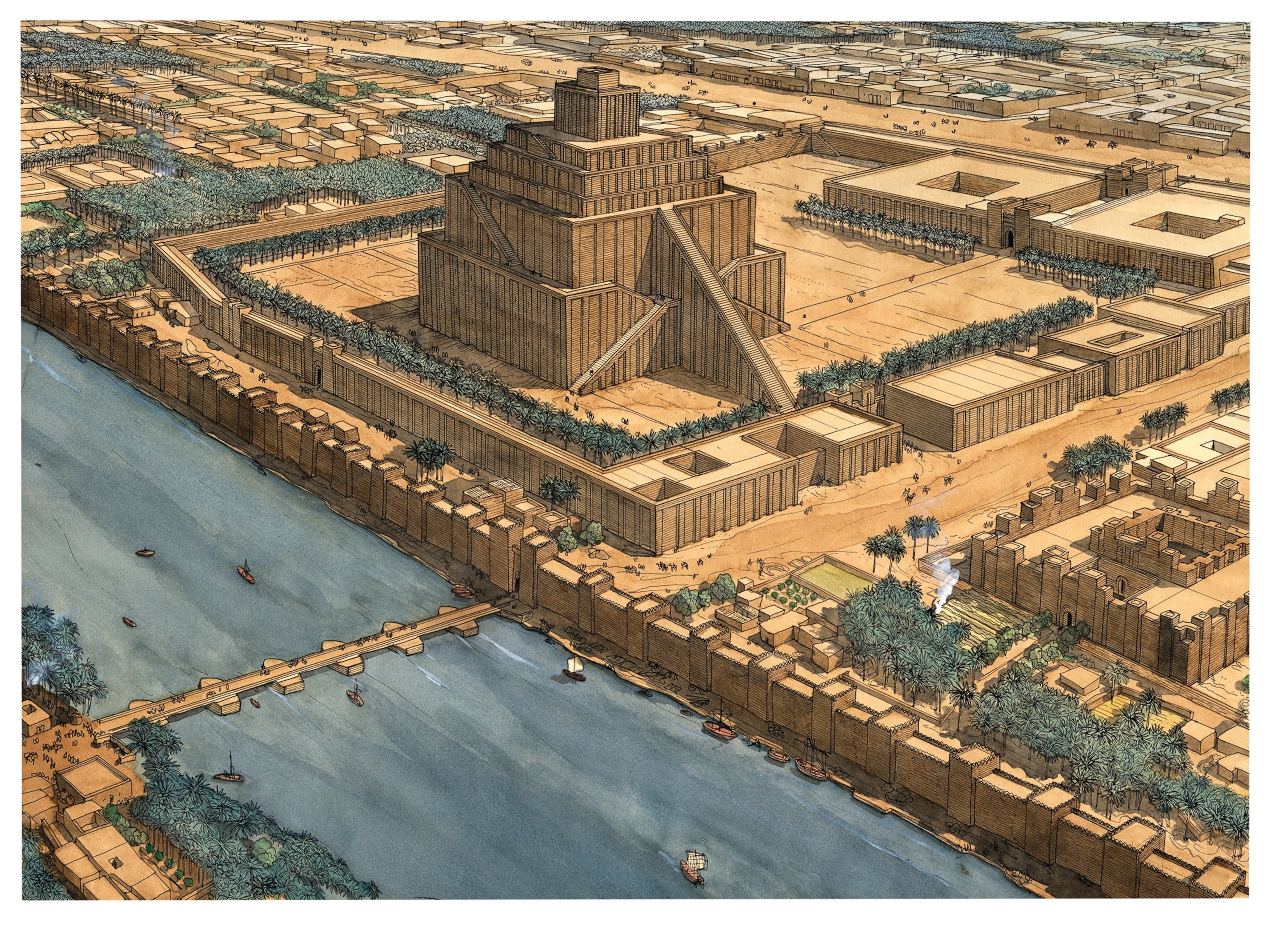Tangible Spirits
In Africa and its diaspora the mask transforms mortals into gods and makes a political point.
In the realm of the spirit world, the mask is more than mere facade. It is utterly transformative. The man in the mask—and it is nearly always a man—may speak in a different voice, move differently, behave differently, because he is a different being. The mask is put on. The line between reality and illusion, god and man, life and death blurs. The masked man is not playing a role. He becomes the role.
The mask is the centerpiece of a costume, often with props, that the wearer carries during a masquerade, a ritual ceremony performed before a community. Some masquerades are entertainment—a parade, for example, or dance that reinforces the cultural identity of a community. Others remain embedded in religious or social ritual. In these performances the masquerader may serve as a kind of moral policeman: instructing, punishing, maintaining and restoring order, or presiding over a passage—boy to man, citizen to leader, planting to harvest.
The origins of masking are lost in the fog of ancient history, but they may reside, art historian Herbert M. Cole suggests, in hunting rituals: the desire to embody or perhaps appease the spirit of the prey.
For more than 20 years photographer Phyllis Galembo has traveled Africa and Haiti documenting the art of the masquerade. What is it about masks? “It’s the creativity,” says Galembo. “It’s not just the mask. It’s about the entire ensemble and the uniqueness of ritual dress.” In making her images, Galembo travels to both cities and remote villages and, with the help of a guide, puts her ear to the ground in search of masquerade ceremonies. She sets up lights and tripod facing a wall, a fence, the side of a house, and allows her subjects to position themselves. She shoots one roll of 12 frames. That’s it. “Either I have it, or I don’t,” she says. More often than not, she does.
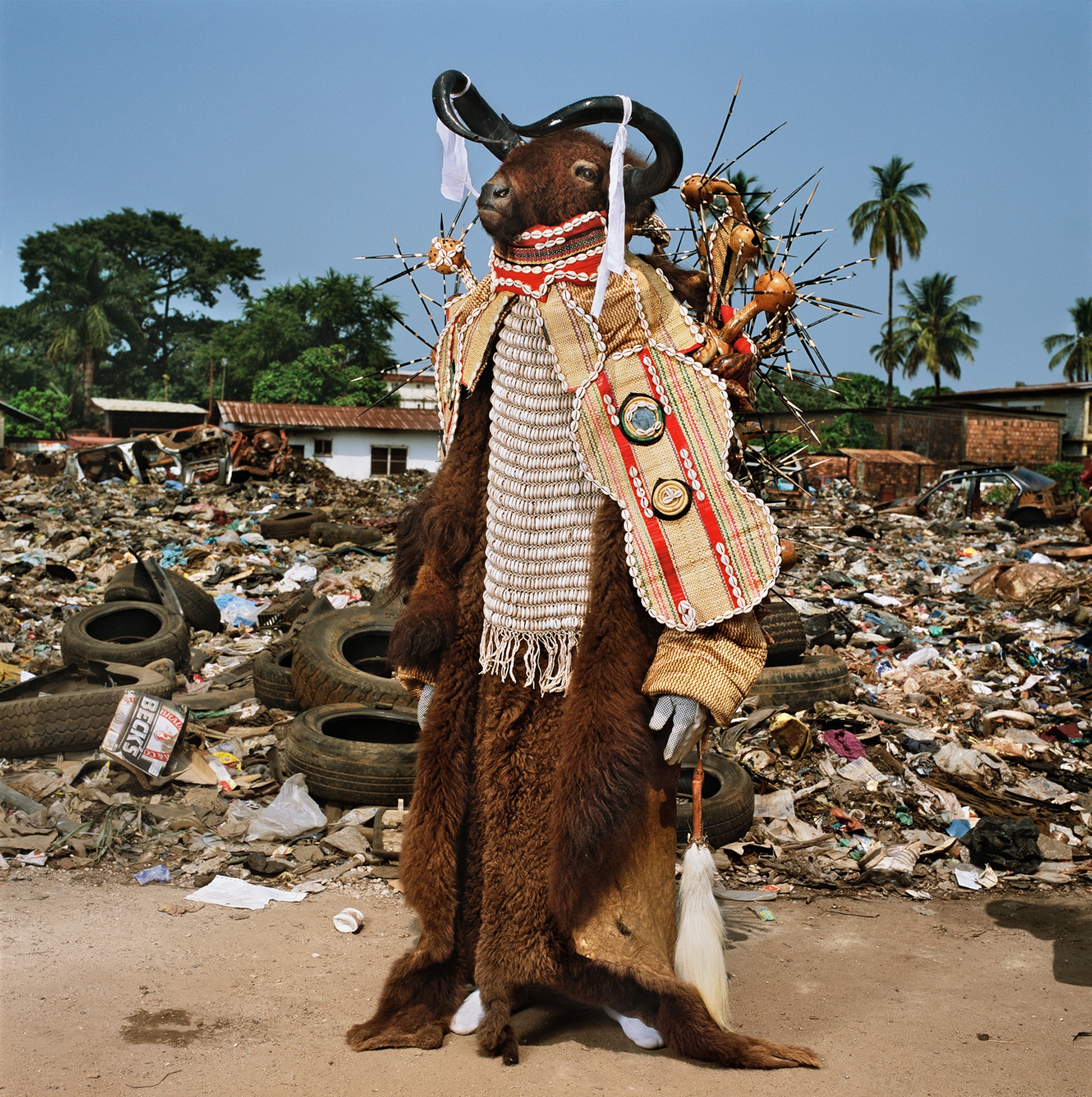
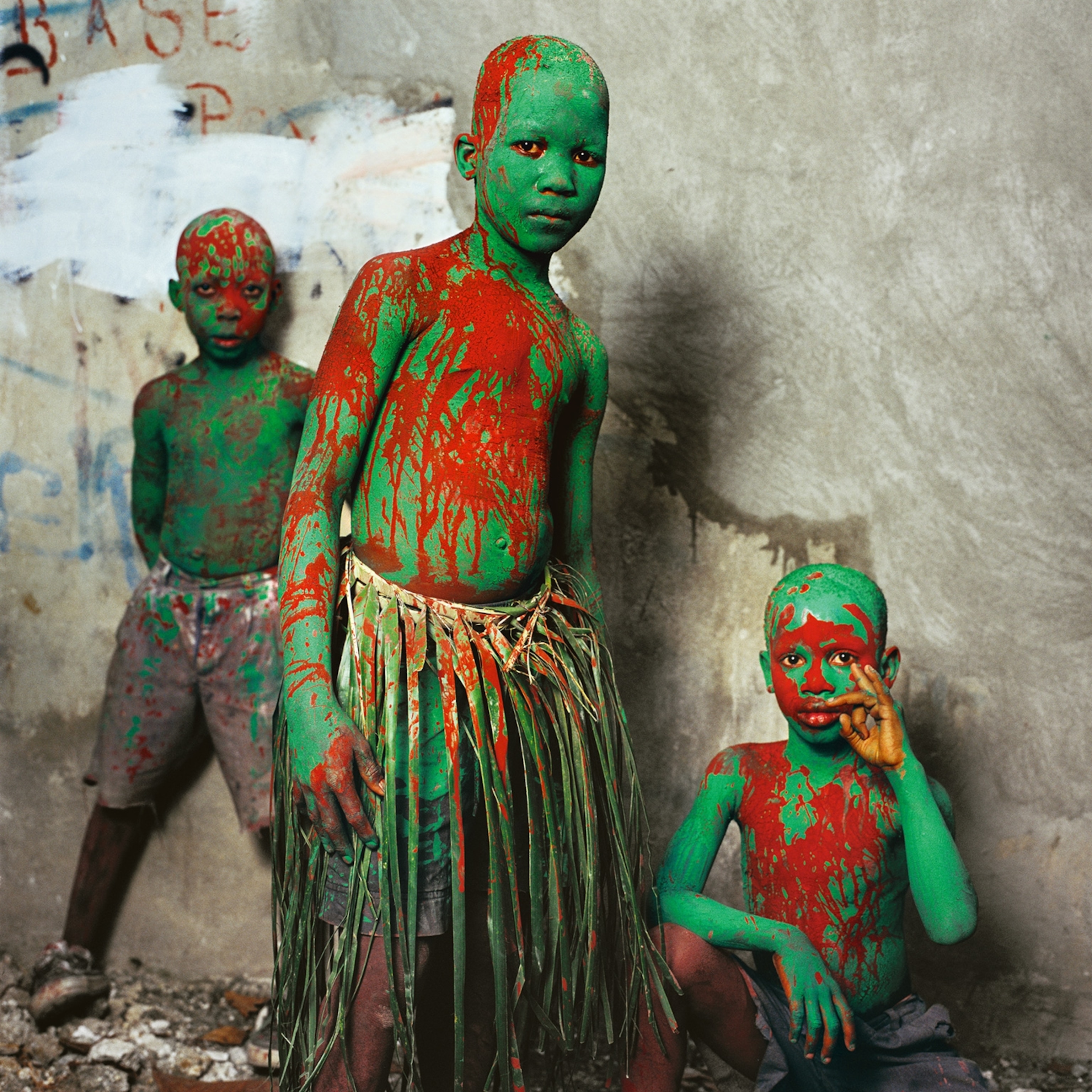
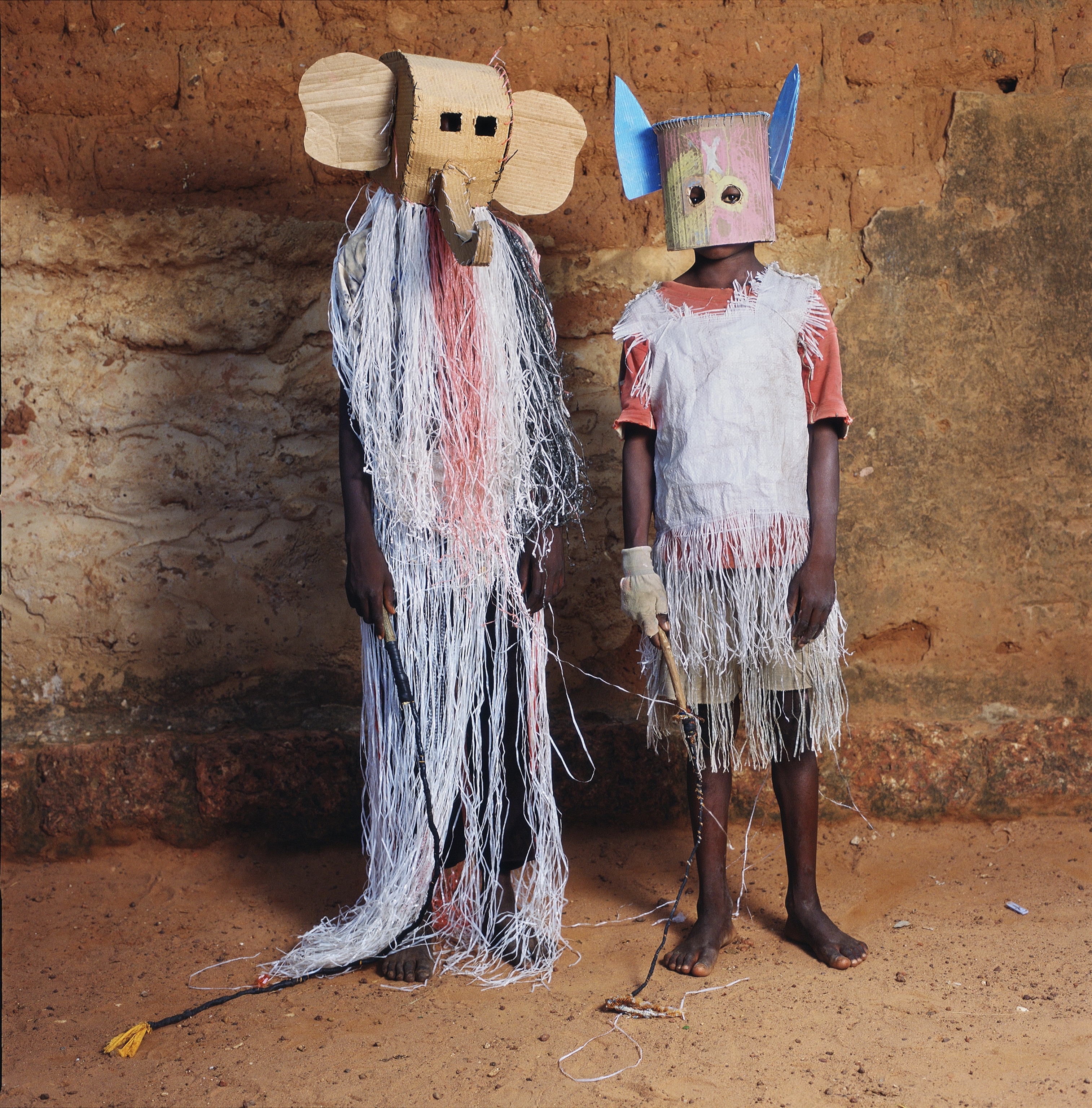
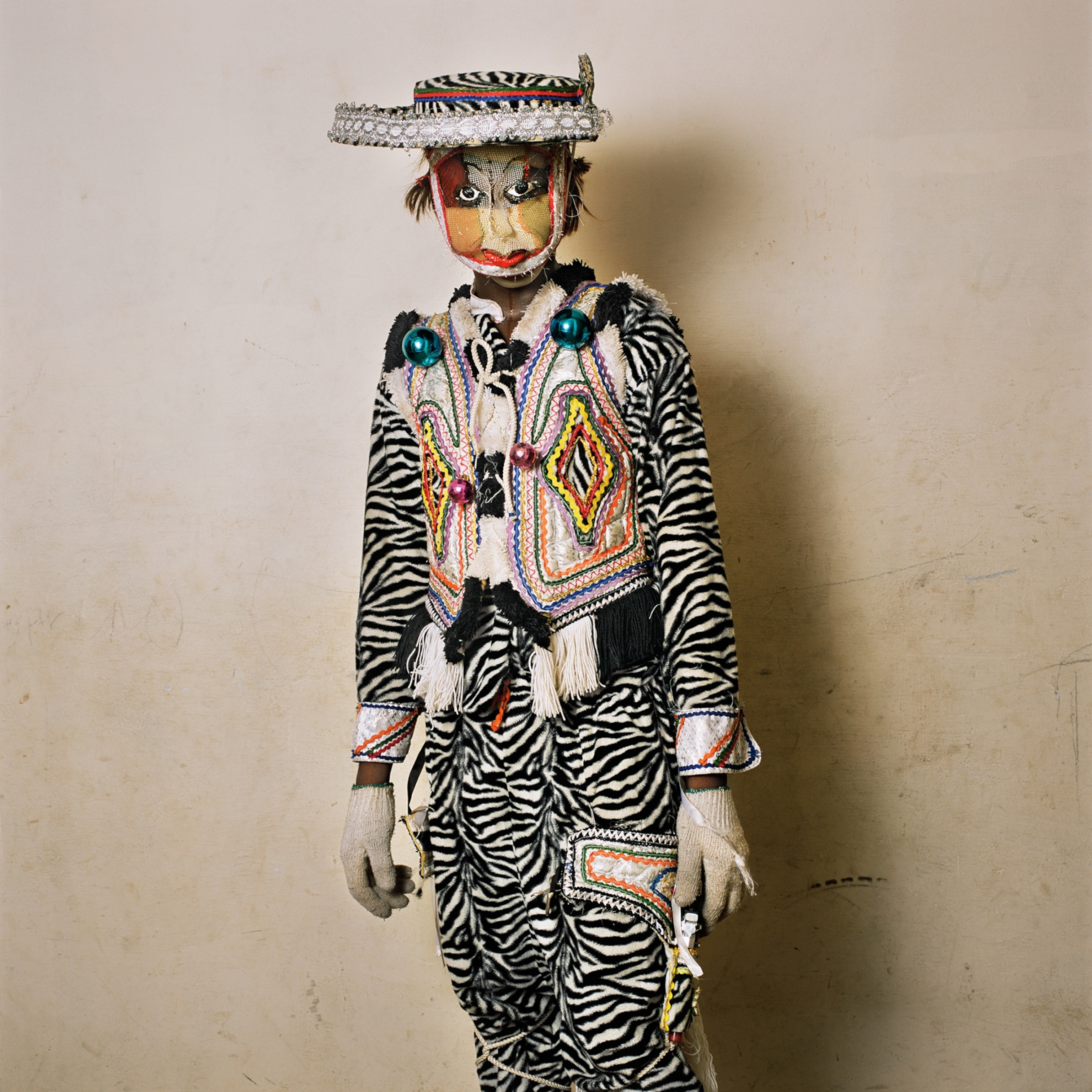
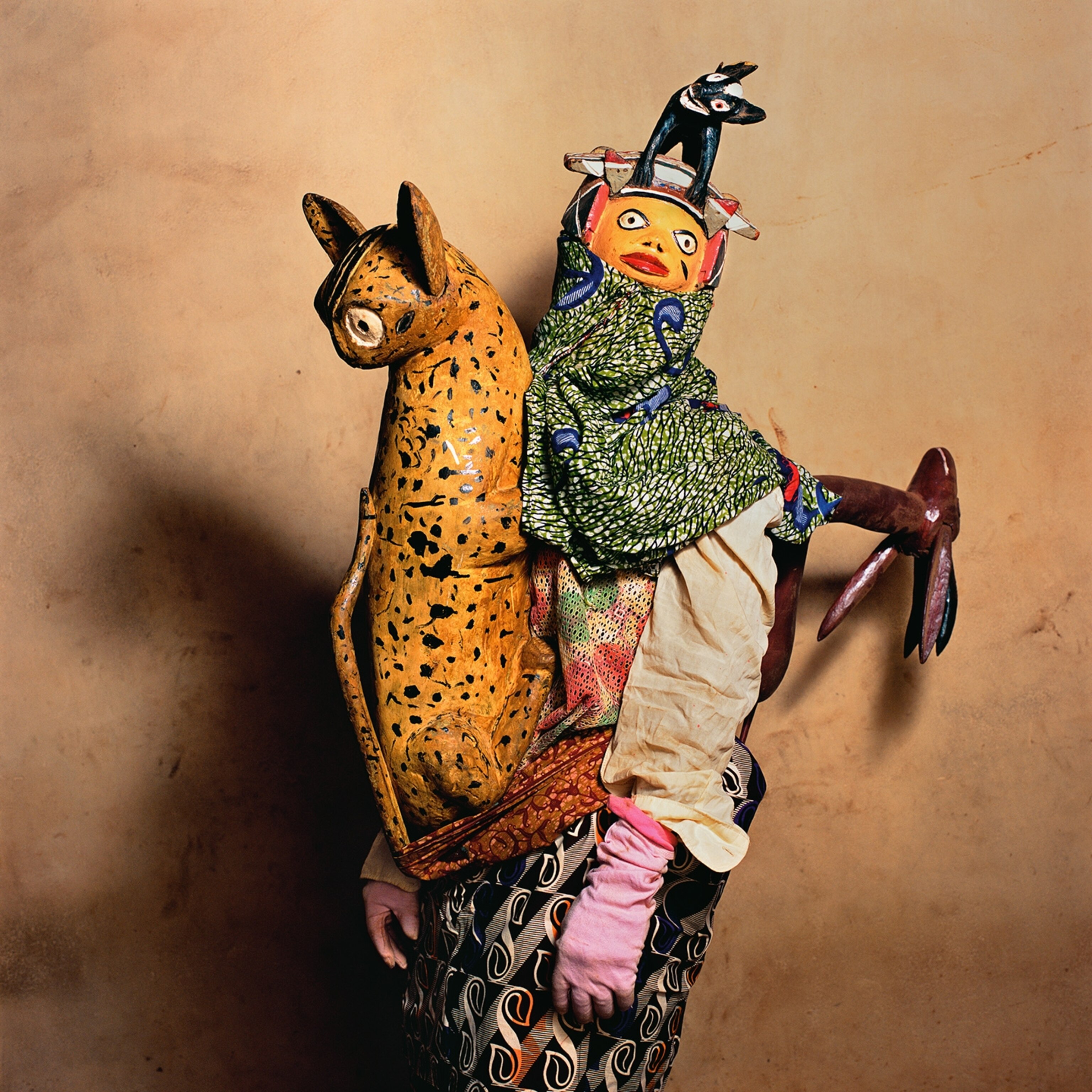
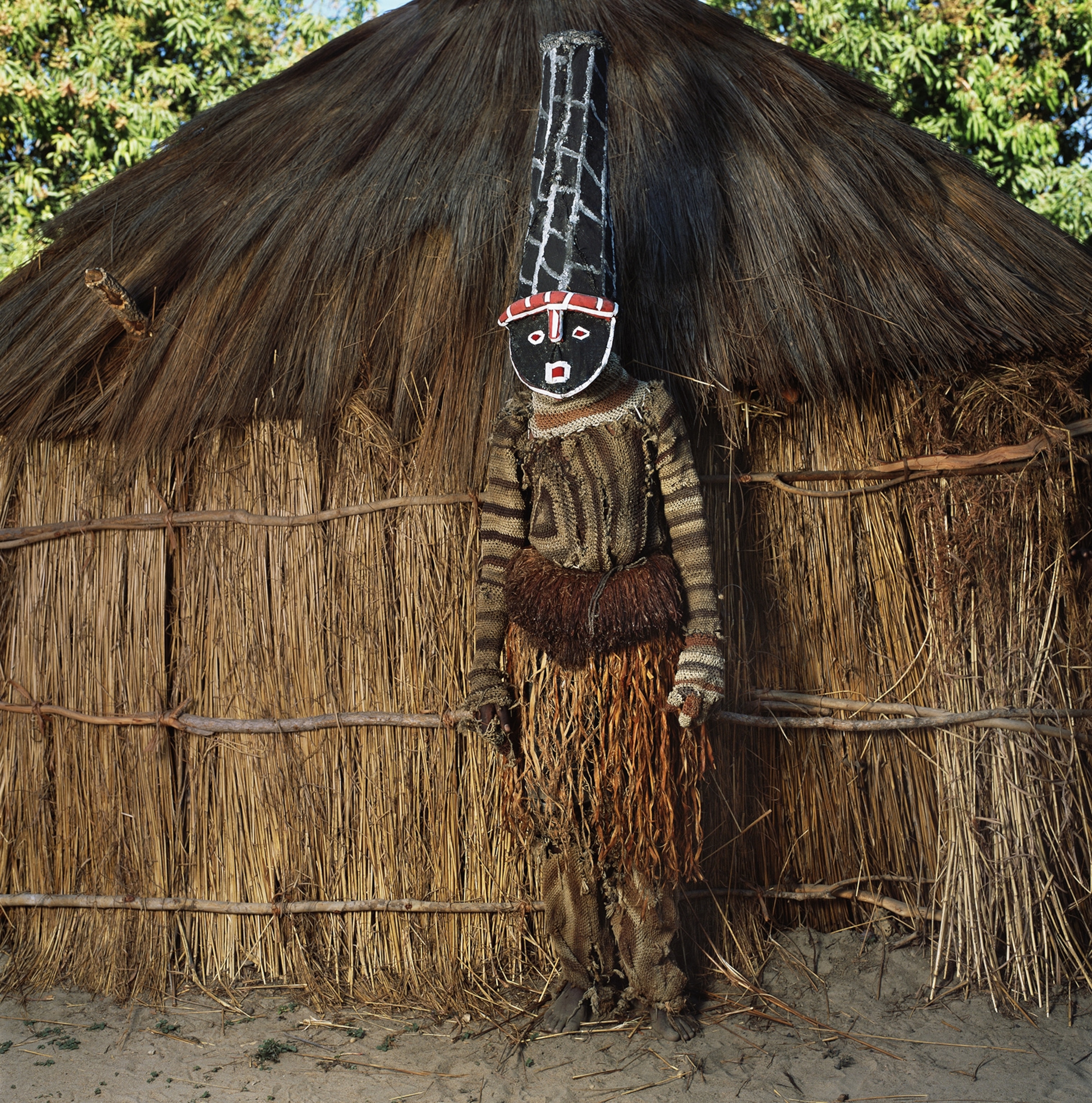

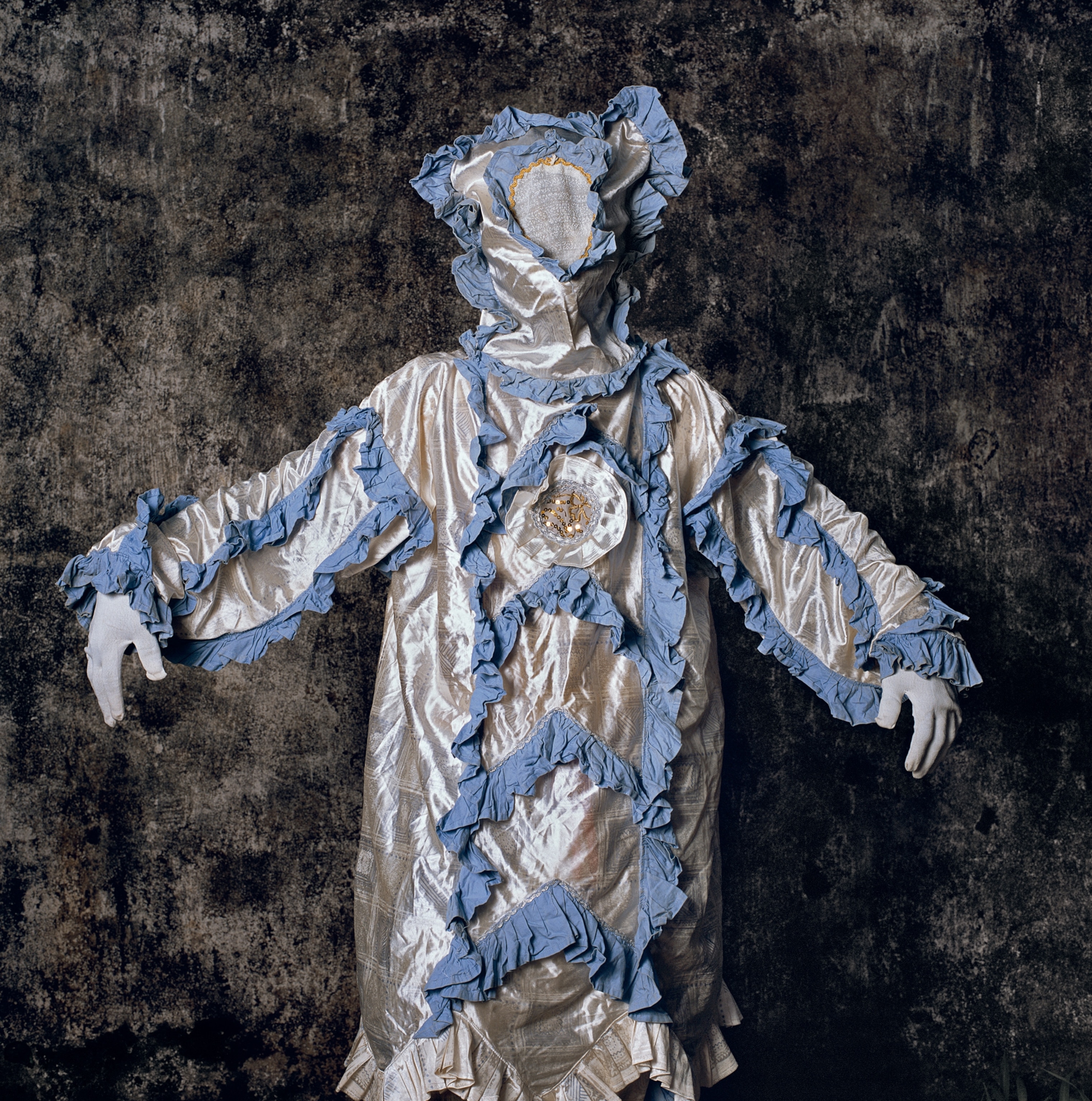
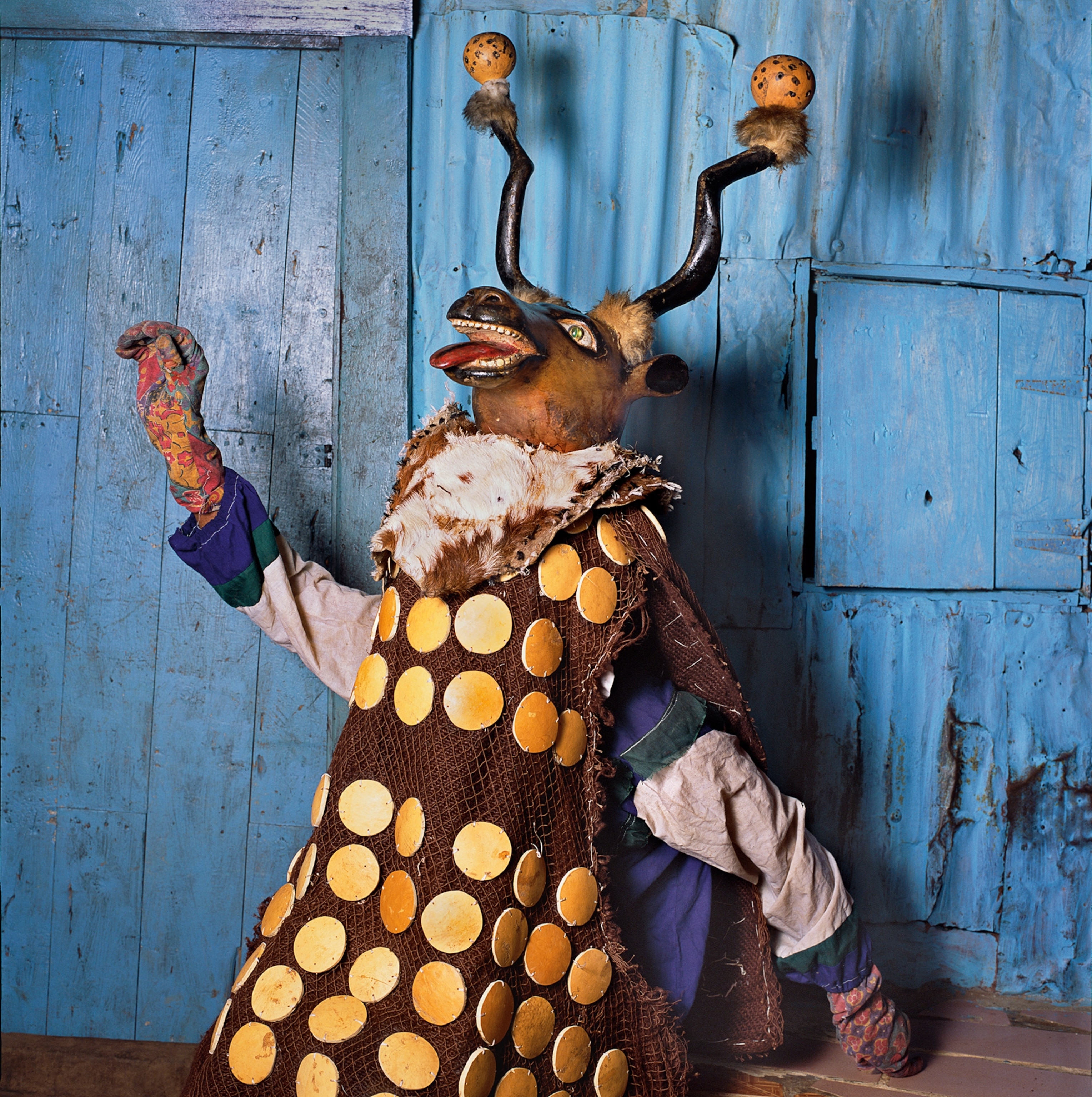
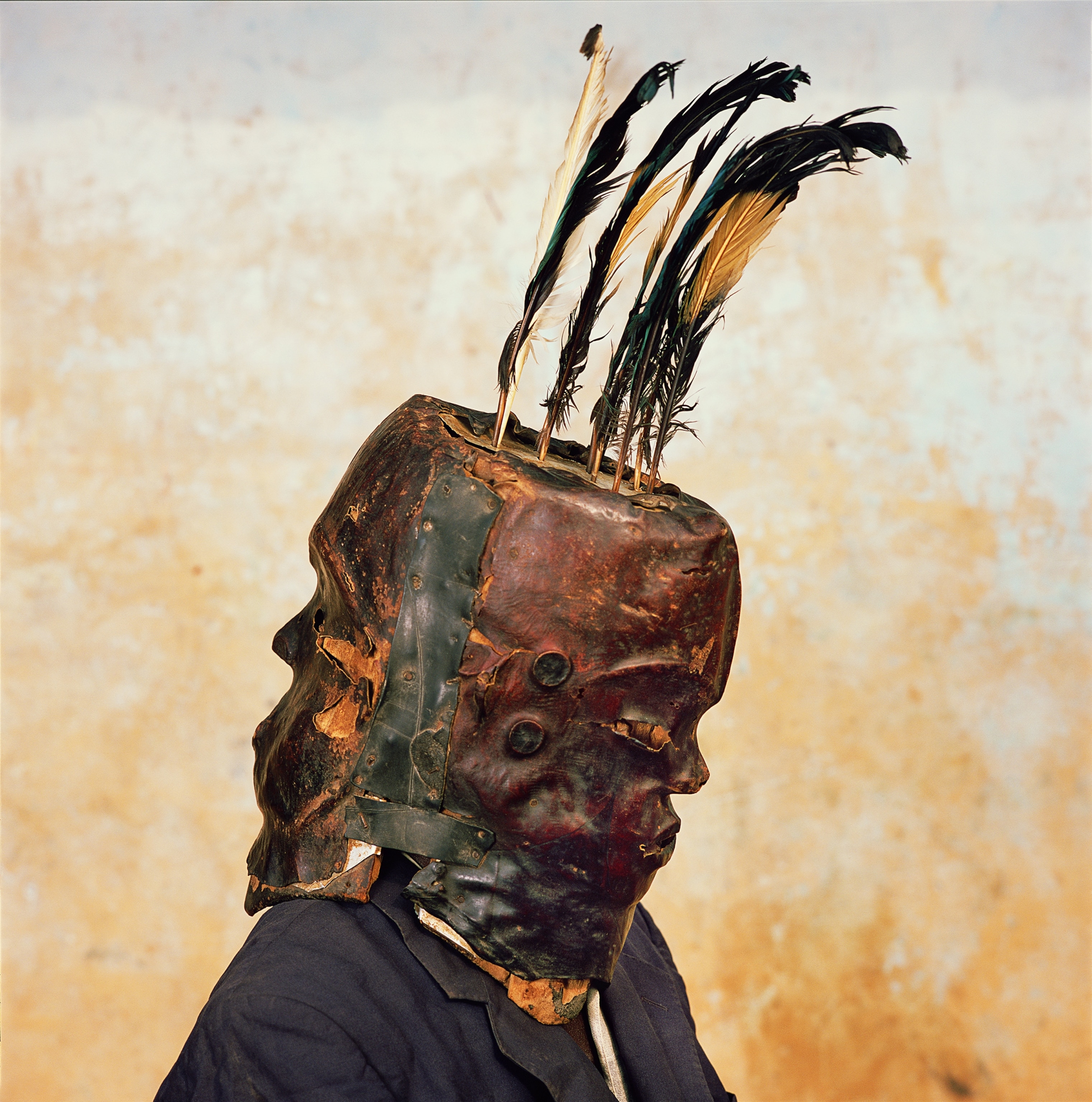
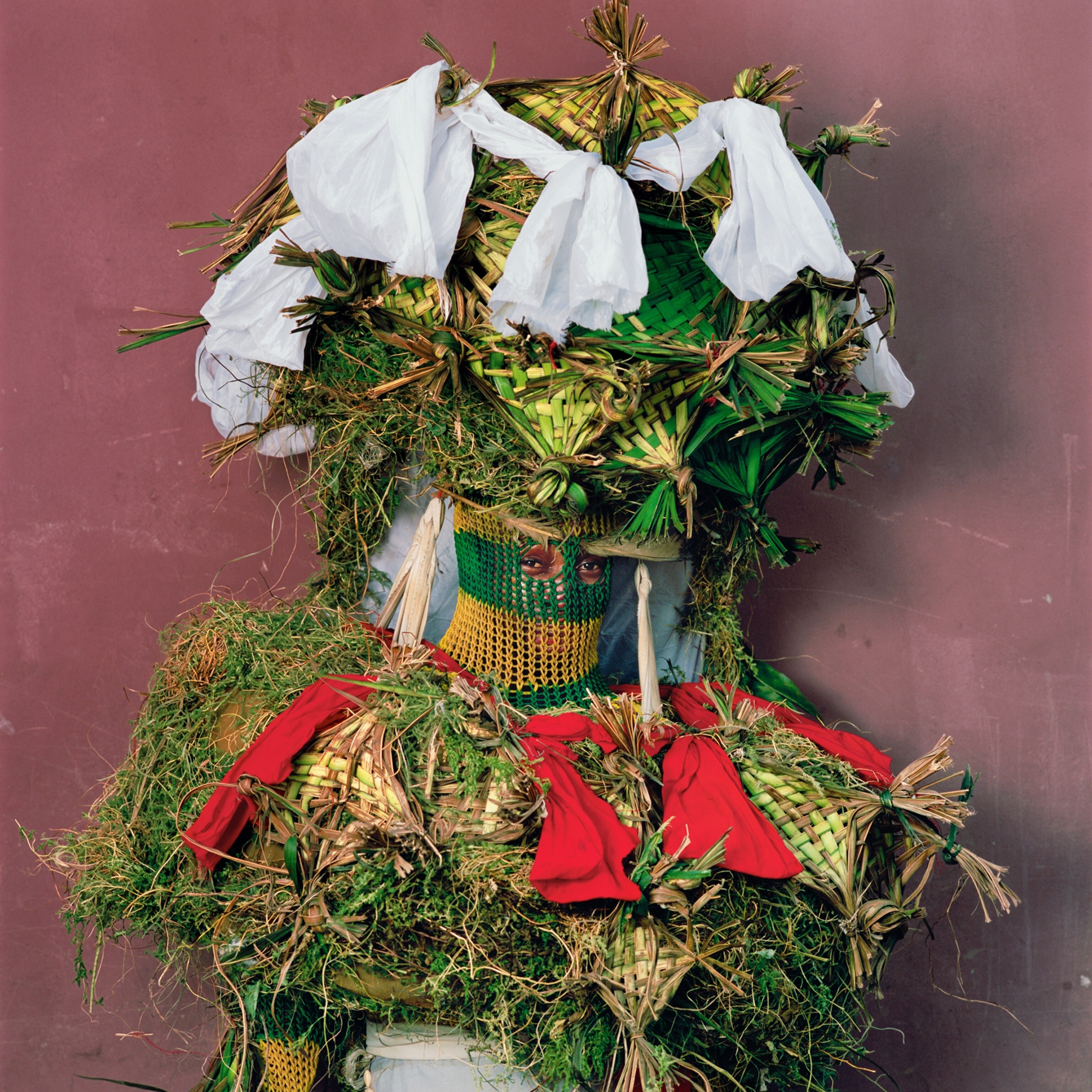
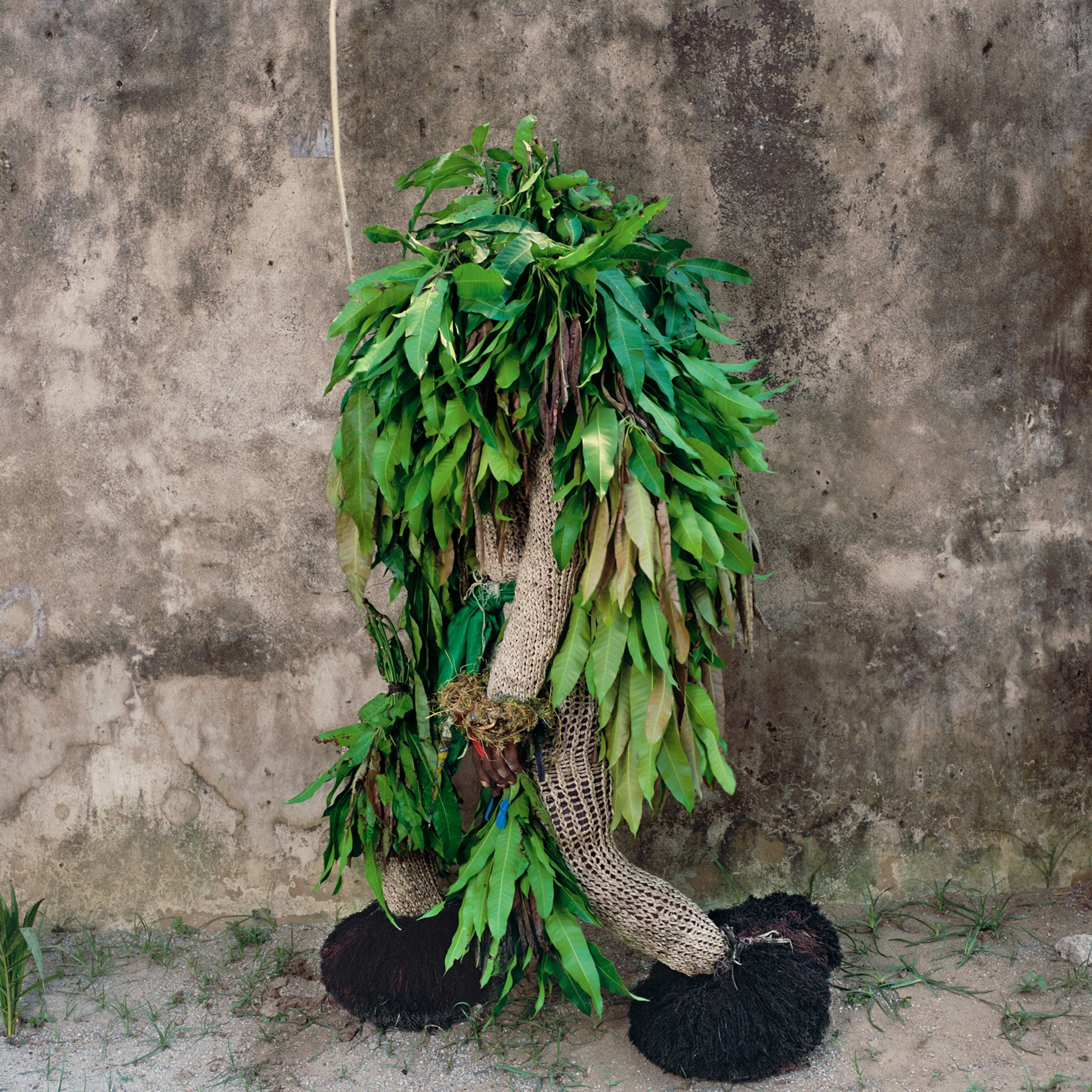
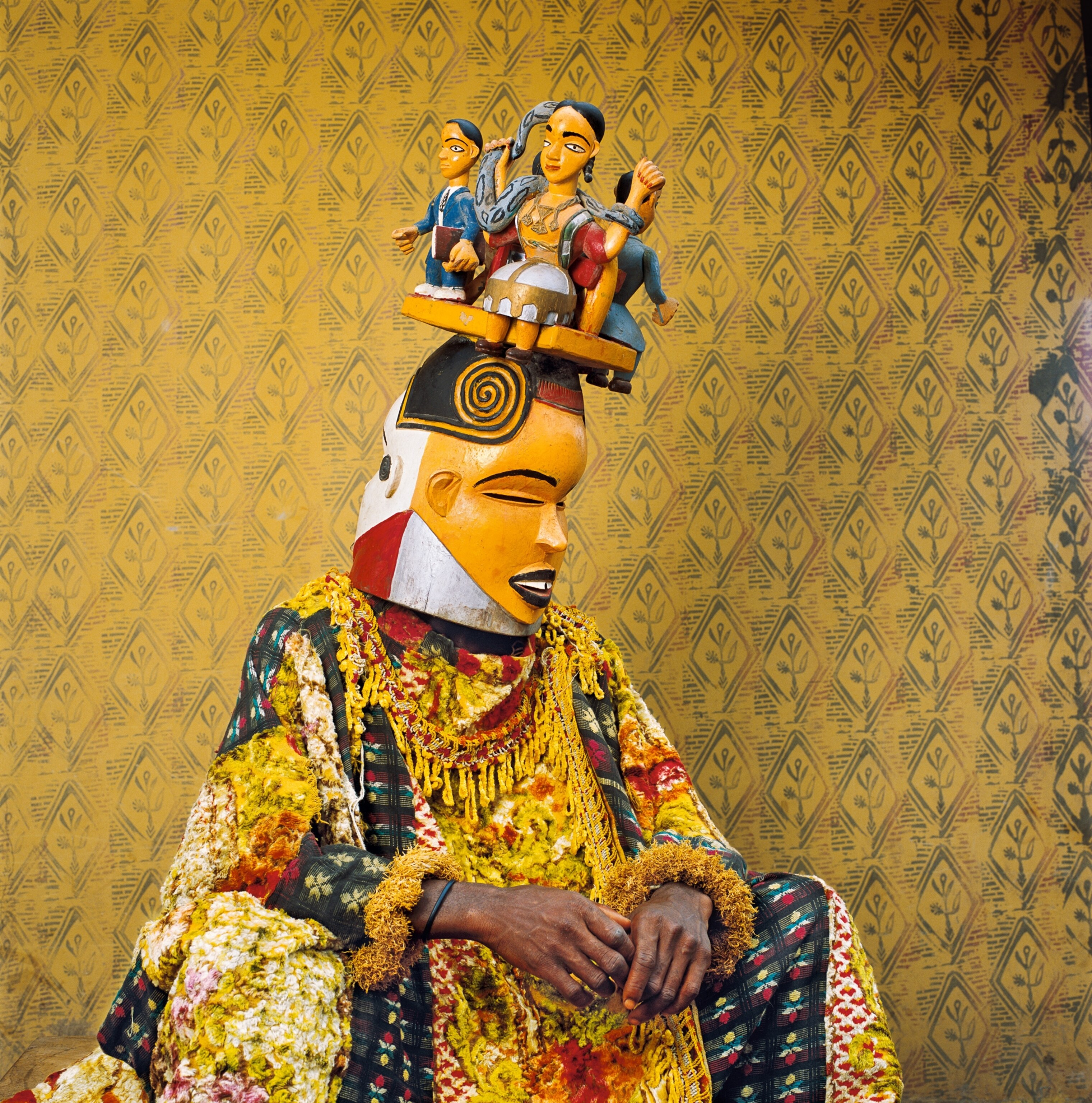
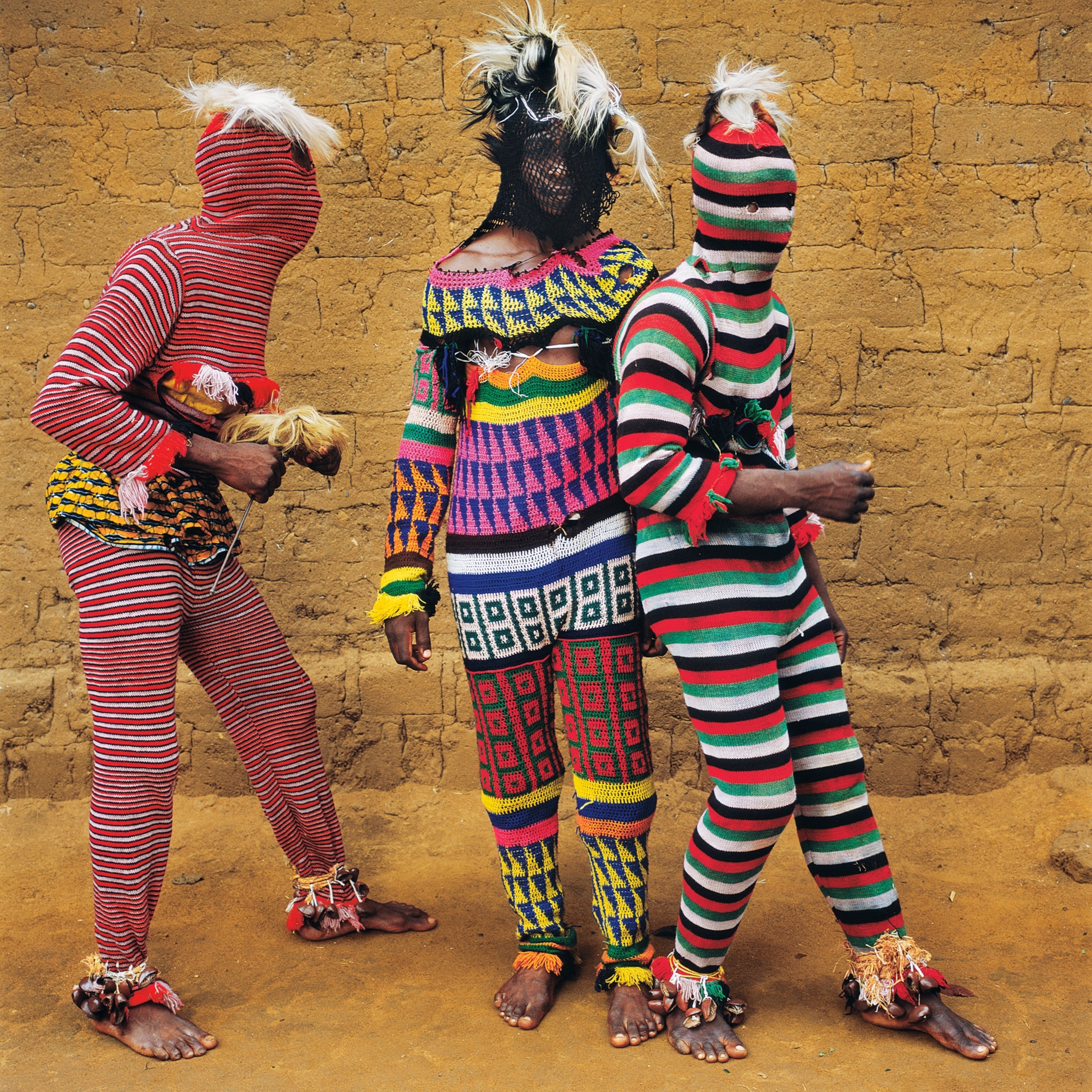
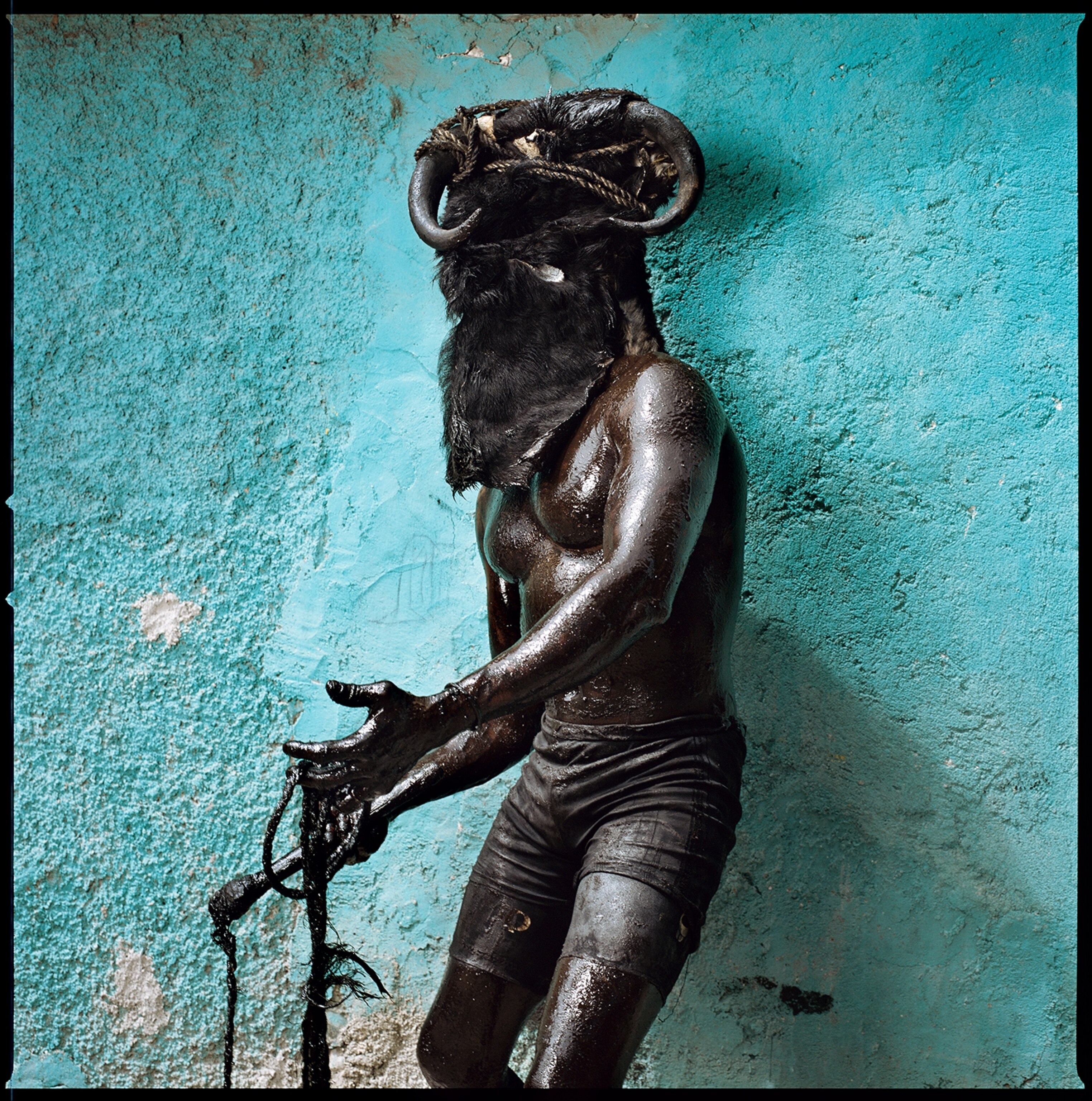
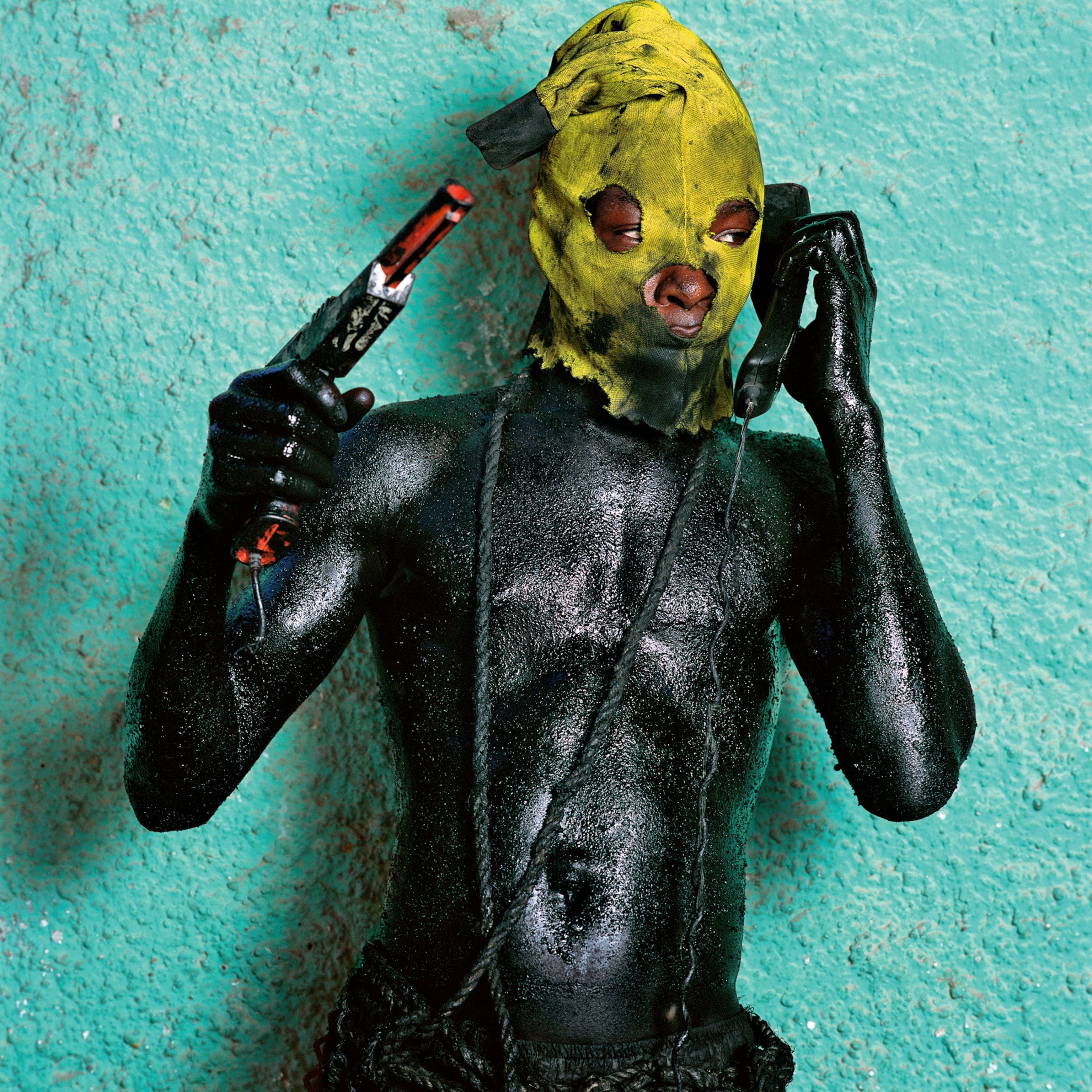
 On festival days in Freetown, social clubs parade in the streets, led by an ancestral “devil.” This fierce and fancy water buffalo spirit is the figurehead for a men’s group.
On festival days in Freetown, social clubs parade in the streets, led by an ancestral “devil.” This fierce and fancy water buffalo spirit is the figurehead for a men’s group.

